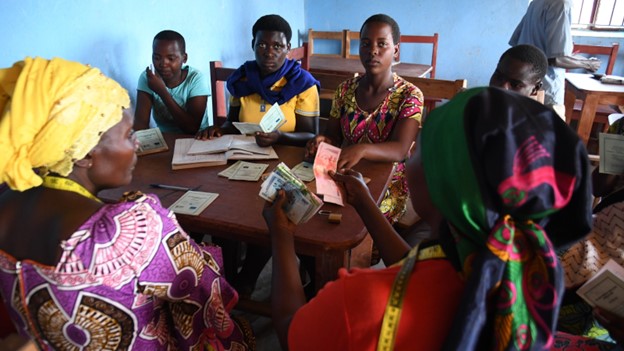At the start of the year, the world was confronted with a new global reality when the newly elected U.S. government, historically the leading financier of global aid, announced it would discontinue much of its foreign aid. This abrupt decision has sent shockwaves across the humanitarian and development sectors, including UN entities, international NGOs, and countless local actors in the Global South. To begin with, why is this topic so crucial? The U.S. government has long been a major contributor to humanitarian aid. In 2024 alone, it contributed 40.8% of global humanitarian funding (over 14 billion US dollars), according to the Financial Tracking Service of OCHA, the UN’s main humanitarian coordination office.
The significance of the U.S. government’s withdrawal is self-evident and warrants further discussion. Indeed, the decision has and will have devastating effects on the lives and livelihoods of people who depend on emergency humanitarian assistance, perhaps most alarmingly on global healthcare initiatives. It has had a knock on effect with other European countries too, who are now following suit by redirecting money from aid to defence.
As an actor working in the area of forced displacement, Cohere is considering the impact this development has on refugee-led organisations (RLOs) and community-based organisations (CBOs) operating in displacement settings (what we also call our RLO & CBO partners). Instead of concentrating solely on the challenges, however, we hope to consider some comparable lessons from recent experiences that have caused monumental shifts within the workings of the sector, such as the Covid-19 pandemic. In doing that we emphasise the need to shift our vision to new ways of working and opportunities to pivot response. We also reflect on how past lessons can guide efforts in going forward and overcoming the level of uncertainties pervading the entire sector as a result of these unprecedented recent developments. Some of the best lessons in this regard are to be gleaned from RLOs, who played a pivotal role during the Covid-19 pandemic when many international actors abruptly withdrew from refugee camps and settlements. Localisation, which had been a buzzword of the sector for years, came into action proving its effectiveness, efficiency and sustainability.
Thus far, responses to the sudden cuts in funding range from knee-jerk reactions to deeper reflections on the way forward. We see this change as part of a broader, recurring trend in humanitarian financing sometimes referred to as “donor fatigue.” This issue exposes critical flaws in institutional donors, particularly those led by governments. At the heart of the problem is a failure to understand what it takes to build enduring solidarity, which should be based on human relationships with communities affected by forced displacement. Our focus, therefore, is on the lessons we can learn from RLOs.
There is a growing consensus recognising RLOs as the actors “best equipped to address local needs.” This recognition stems from two key factors. First, RLOs possess indigenous knowledge of their communities’ needs and priorities, as opposed to imposed knowledge emanating from external actors. Second, they have an inherent “permanent presence” in their localities. Although a very sad reality, this is the case particularly in protracted displacement settings. This permanence means that when international crises hit, RLOs remain in what has now become their “natural habitat.” A clear example of this was seen during the COVID-19 pandemic, when international NGOs and UN entities, which receive the bulk of global humanitarian funding, evacuated refugee camps and settlements. Meanwhile, RLOs and CBOs stayed in their communities and responded to local needs with the resources available to them. This showcased the critical role of RLOs, which was globally recognised as vital.
This unique advantage of RLOs, particularly how efficient RLOs have proven to be in terms of the impact they are making in their communities, indicates that they need increased access to high-quality, unrestricted, and multi-year funding. However, with the unprecedented and abrupt cut in humanitarian aid, where will this funding come from? Despite the U.S. government’s recent actions, we know the world is not lacking in resources.
While alternative fundraising methods, such as cultivating local philanthropy and community-based resource mobilisation, should be explored, it is essential to stress that support for displaced communities must come, first and foremost, from those genuinely committed to inclusive decision-making and truly committed to learning from the communities they aim to assist. This requires bringing human relationships back into humanitarian financing, which is impossible without establishing sustained connections with displaced communities. Establishing such connections is not possible only by investing financial resources. It is incumbent on time-consuming and real relationship-building exercises by embedding oneself in the everyday lives of those communities. This is possible for philanthropists who are genuinely seeking to create meaningful change.
While there is some hope that other government donors and private foundations may step in to fill the gap left by the U.S. withdrawal, concerns remain about how donor funding will be handled in the future. In our view, it cannot be business as usual. There is a pressing need for introspection and a reevaluation of humanitarian financing. Moving forward, this must be done with a focus on promoting the inclusion of the most marginalised, which cannot be achieved without fostering genuine human relationships.

Leave a Reply